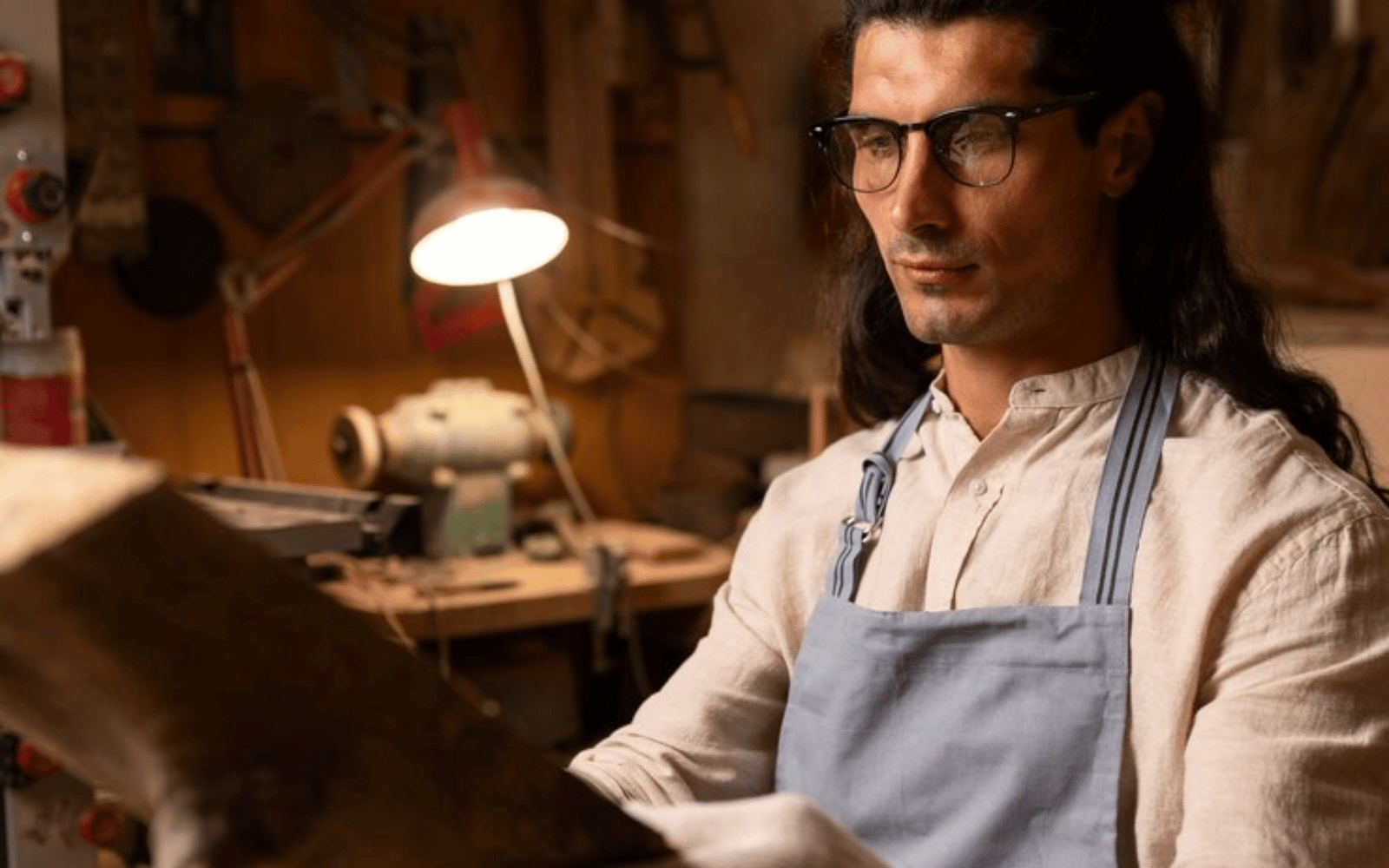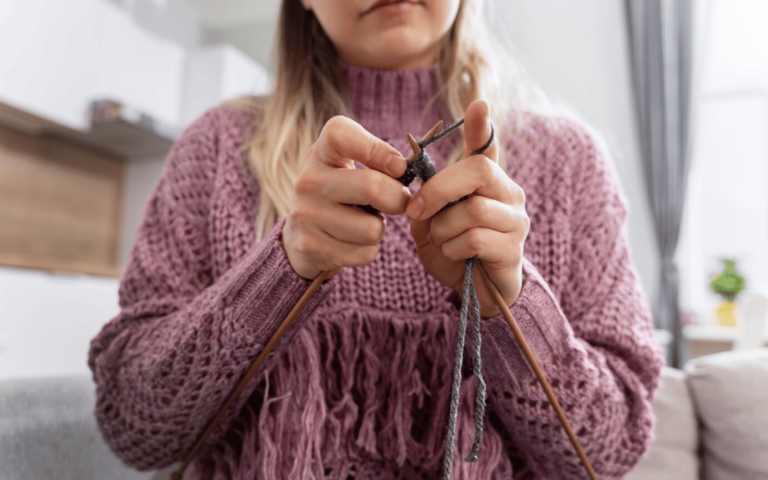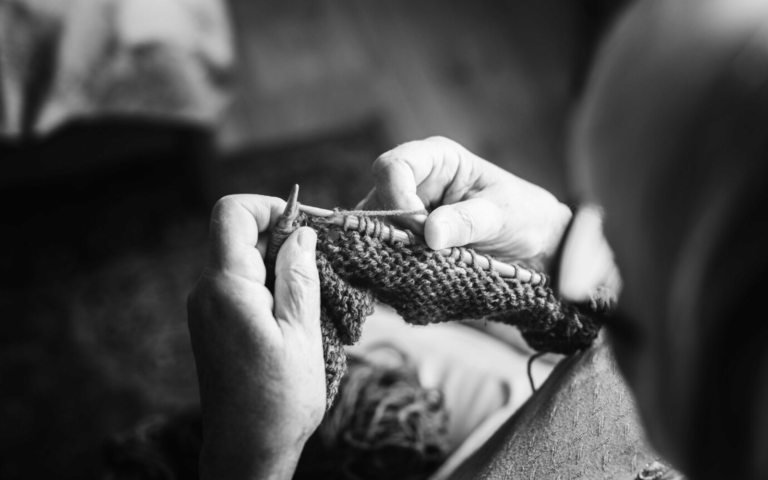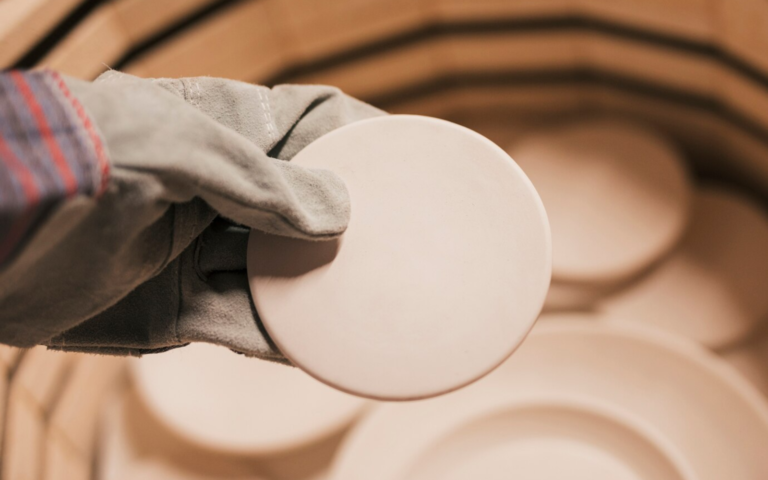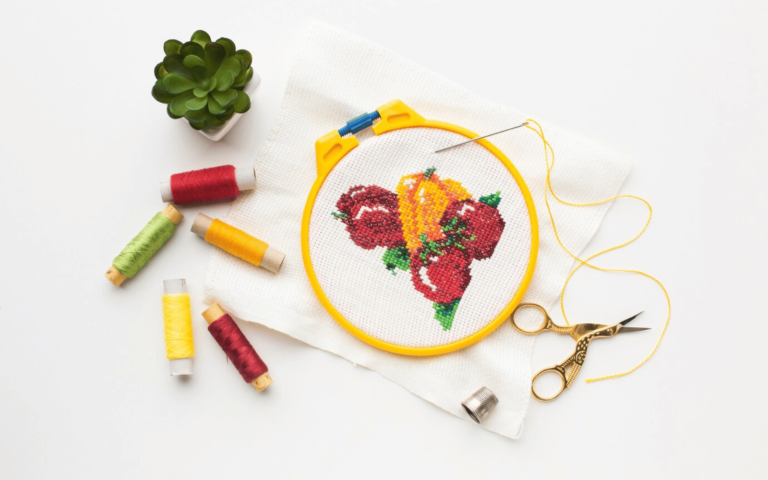Storytelling – New 2024 Art of Narrative Through Traditional
Storytelling Craftsmanship intertwines the art of creating with the strength of narrative, forming a unique way to communicate ideas, emotions, and traditions. It’s an amalgamation of skills, creativity, and cultural expression, each piece telling its own story. This concept goes beyond mere production; it’s about embedding stories into the fabric of the items crafted, making each creation a narrative in itself.
The significance of storytelling craftsmanship cannot be overstated in our contemporary world. It bridges the gap between the past and the present, allowing us to connect with histories, cultures, and personal stories in a tangible way. This craftsmanship is seen in various forms – from handcrafted artifacts and art installations to intricate product designs and architectural marvels.
The beauty of storytelling craftsmanship lies in its diversity. Each culture and individual brings their own style and narrative, creating a rich tapestry of artistic expression. These stories can be personal or collective, real or imagined, but they always add depth and context to the crafted item. As we delve into the world of storytelling craftsmanship, we uncover a vast landscape of creativity where artistry and narrative converge. This convergence is not just an aesthetic choice; it’s a way to preserve traditions, share experiences, and express creativity.
Historical Perspective
The roots of storytelling craftsmanship are as old as civilization itself. Early humans used craftsmanship not only for utilitarian purposes but also to tell stories about their lifestyles, and environments. This historical perspective is vital to understand how craftsmanship evolved into a storytelling medium.
In ancient cultures, craftsmanship was imbued with symbolic meanings. Artifacts from these times, whether pottery, tapestries, or sculptures, were more than decorative items; they narrated, heroes, and everyday life. These pieces served as a medium to pass down stories and traditions from one generation to another.
The Renaissance period saw a surge in craftsmanship with storytelling qualities. Artisans and craftsmen were not just creators but also storytellers who used their skills to depict religious narratives, societal norms, and human emotions. Their work was a reflection of the times, capturing the essence of their era’s culture and ideology.
In the modern context, storytelling craftsmanship is influenced by both traditional techniques and contemporary themes. It’s a blend of the old and new, where the timeless art of crafting meets modern narratives. This evolution is a testament to the enduring nature of storytelling through craftsmanship, adapting yet retaining its core essence.
Storytelling Craftsmanship in Product Photography
Storytelling Craftsmanship in product photography is a nuanced art form that combines aesthetics with narrative. It’s about presenting products in a way that they tell a story, often evoking emotions and creating connections with the audience. This approach goes beyond traditional advertising, making the products more relatable and desirable.
IKEA’s product photography is a prime example of storytelling craftsmanship. Their catalogs are not mere displays of furniture but are designed to depict scenes from everyday life. These settings, complete with the chaos and coziness of home life, make the products more approachable and realistic, resonating with the average consumer.
Lighting and color play pivotal roles in storytelling through product photography. The right lighting can set the mood, whether it’s cozy and warm or sharp and dramatic. Similarly, color choices can evoke different emotions, from the calmness of pastels to the energy of bright hues. These elements, when used skillfully, can transform a simple product image into a compelling story.
The future of storytelling craftsmanship in product photography is exciting, with the advent of technologies like augmented reality (AR) and virtual reality (VR). These technologies offer new ways to engage customers, allowing them to immerse themselves in the stories these products tell. From interactive catalogs to virtual showrooms, the possibilities are endless and profoundly impactful.
The Role of Lighting and Color
Lighting is not just about visibility; in the context of storytelling craftsmanship, it’s a tool to convey mood and atmosphere. The way an object is lit can drastically change the story it tells. Soft, warm lighting often suggests comfort and intimacy, while harsh, dramatic lighting can create tension or highlight boldness.
Color is another critical element in storytelling. The psychology of color is deeply ingrained in our perception, where each hue can invoke different feelings and reactions. In craftsmanship, the choice of color can be symbolic, representational, or purely aesthetic, but it always contributes to the narrative of the piece.
In product photography, the interplay of lighting and color is essential in crafting a narrative. For example, a brightly lit product with vibrant colors might convey a sense of energy and excitement, while a product showcased in subdued lighting and softer tones might evoke elegance and sophistication. This strategic use of lighting and color helps in creating a connection between the product and the viewer. This synergy between light and color is not just technical; it’s deeply emotional, playing a role in how we perceive and connect with a piece of craftsmanship.
Composition Techniques
Composition in storytelling craftsmanship is about arranging visual elements to tell a story effectively. It involves the deliberate placement of objects, the play of perspective, and the use of space to guide the viewer’s eye and evoke specific feelings. The composition is a silent narrator in the world of visual storytelling.
Traditional compositional techniques like the rule of thirds, leading lines, and framing are commonly employed to create dynamic and engaging narratives. These techniques help in structuring the visual space, making the storytelling more coherent and impactful. They can draw attention to key elements, provide a sense of depth, and add layers to the narrative.
In product photography, composition is used to highlight the product while also telling a story about its use or context. An innovative composition can break from convention, adding an element of surprise or intrigue. This approach can challenge the viewer’s perceptions and engage them in a more profound analysis of the product’s story.
Looking towards the future, the evolution of composition techniques in storytelling craftsmanship is likely to be influenced by technological advancements and changing aesthetic sensibilities. As we continue to experiment and innovate, the ways we compose and narrate stories through craftsmanship will also evolve, offering new dimensions to this age-old practice.
Future Trends in Storytelling Craftsmanship
The future of storytelling craftsmanship is being shaped by emerging technologies and shifting cultural values. These trends are not just altering the landscape of craftsmanship but also expanding the possibilities of storytelling. Virtual and augmented reality technologies are opening new frontiers in storytelling. In the realm of product photography and design, these technologies allow for immersive narratives where viewers can interact with products in a virtual space, experiencing their stories in a more engaging and personal way. This advancement is not just a technological leap; it’s a new canvas for storytellers and craftsmen.
Sustainability is another key trend influencing storytelling craftsmanship. As global awareness of environmental issues grows, there is a rising demand for sustainable and ethically made products. Craftsmen and brands are responding by incorporating sustainable practices into their work and using their platforms to tell stories about environmental responsibility and conservation.
The combination of technological innovation and a renewed focus on sustainability is creating a dynamic environment for storytelling craftsmanship. These trends challenge craftsmen to think creatively about how they tell stories, ensuring their work is not only aesthetically pleasing but also socially and environmentally conscious.
The Art of Craftsmanship as Storytelling
The art of craftsmanship is inherently tied to storytelling. Each handmade item carries with it the story of its creation – the materials used, the techniques employed, and the artisan’s inspiration. This narrative aspect of craftsmanship adds a layer of depth and meaning to every piece. Handmade items are cherished not just for their aesthetic appeal but also for the stories they tell. These stories might be about cultural heritage, personal journeys, or innovative techniques. They allow us to connect with the item on a deeper level, understanding the context that went into its creation.
In a world increasingly dominated by mass-produced goods, the storytelling aspect of craftsmanship stands out more prominently. It offers a counter-narrative to the impersonal nature of mass production, emphasizing the value of uniqueness, quality, and human connection. Embracing the storytelling aspect of craftsmanship is about more than just appreciating beautiful objects. It’s about recognizing and valuing the human element in creation – the thought, effort, and emotion that artisans pour into their work.
Embracing Storytelling Craftsmanship in Everyday Life
Incorporating storytelling craftsmanship into our daily lives enriches our experiences and deepens our connection to the world around us. It can be as simple as choosing handcrafted items for our homes, wearing artisan-made jewelry, or even engaging in crafting ourselves. By choosing products that have a story, we not only enhance our surroundings but also support the artisans and their craft. This act of choosing becomes a statement of values – a preference for quality, authenticity, and meaning over mere functionality.
Learning a new craft or honing an existing one is another way to engage with storytelling craftsmanship. This process not only allows us to express our creativity but also helps us appreciate the skill and dedication required to create something by hand. Ultimately, embracing storytelling craftsmanship is about slowing down and appreciating the finer details. It’s about recognizing the beauty in imperfections, the stories behind creations, and the joy of making and owning something that’s been crafted with attention and intention.
Challenges and Opportunities
Despite its many virtues, storytelling craftsmanship faces significant challenges in the modern world. The rise of globalization and the rise of mass production, and the shift towards a more digital and fast-paced world, traditional craftsmanship struggles to maintain its relevance and audience. These challenges, however, also present opportunities for growth and innovation in the field.
One major challenge is the competition with mass-produced goods, which are often cheaper and more readily available. This puts pressure on artisans who practice storytelling craftsmanship, as their methods are typically more time-consuming and costly. However, there is a growing movement towards appreciating the value and uniqueness of handmade items, which can counter this trend.
Another challenge is the preservation of traditional skills and knowledge. Many of these crafts are at of dying out as fewer people take up these skills. To combat this, there is a need for education and awareness-raising about the importance of these crafts. This can involve workshops, exhibitions, and the integration of these skills into modern design and art education.
The digital era presents both a challenge and an opportunity. While it might seem that digitalization contradicts the essence of hands-on craftsmanship, it also offers new platforms for artisans to showcase their work and tell their stories to a global audience. Online marketplaces, social media, and digital storytelling can tools for artisans to reach new markets and preserve their crafts.
The opportunities in storytelling craftsmanship lie in adapting to the changing times while staying true to the essence of the craft. This could involve blending traditional techniques with modern designs, using sustainable materials, or new ways to tell stories through crafted items. By embracing innovation and adapting to the market’s needs, storytelling craftsmanship can continue to thrive in the modern world.
Preserving Traditional
Preserving the art of traditional storytelling craftsmanship is essential for maintaining cultural heritage and supporting artisan communities. This preservation requires a multifaceted approach, involving both support for artisans and education for the wider public. This can be through direct purchase of their products, which provides economic support and validation for their skills. Supporting fair trade and artisan cooperatives also helps ensure that artisans receive fair compensation and recognition for their work.
Education plays a significant role in preservation efforts. By teaching people about the value and beauty of handcrafted items, we can foster a deeper appreciation and demand for these products. Educational initiatives can include workshops, exhibitions, and the inclusion of traditional crafts in school curricula.
Creating market opportunities for traditional crafts is another important aspect. Collaborations between artisans and modern designers can help update traditional crafts, making them more appealing to contemporary consumers. These collaborations can also lead to innovative fusion designs that celebrate both traditional and modern craftsmanship. Finally, documentation and research are vital for preserving the knowledge and techniques of traditional crafts. This can involve recording the stories and processes of artisans, creating archives, and conducting research on the history and cultural significance of these crafts.
The Future of Handicrafts
The future of handicrafts within storytelling craftsmanship looks promising, especially as there is a growing appreciation for sustainable and handmade products. However, for handicrafts to thrive, it’s essential to create an environment that values and supports traditional crafts. One key to ensuring a thriving future for handicrafts is to bridge the gap between traditional artisans and modern markets. This can be achieved through innovative marketing, leveraging digital platforms, and creating narratives that resonate with contemporary consumers. It’s about telling the story of the craft and the artisan in a way that connects with today’s audience.
Providing them with the tools, resources, and training they need to succeed in a competitive market is essential. This includes not only technical skills but also knowledge in areas such as business management, digital marketing, and global trends. Collaboration is another important factor. Partnerships between artisans, designers, and entrepreneurs can lead to innovative products that blend traditional craftsmanship with modern aesthetics. These collaborations can open up new markets and opportunities for artisans.
Sustainability will also play a key role in the future of handicrafts. As consumers become more environmentally conscious, there’s a growing demand for products that are not only aesthetically pleasing but also sustainable. Artisans who can incorporate sustainable practices into their craft will have a competitive advantage.
Broadening Perspectives in Narrative Techniques
Narrative techniques have evolved significantly over the years, transitioning from simple oral traditions to sophisticated, multi-layered presentations enabled by cutting-edge technology. The intrinsic value of these evolving narrative forms lies in their universal appeal and adaptability, catering to diverse audiences across various platforms. In the realm of visual arts, for instance, the shift towards digital mediums has expanded the horizons for artists to express their visions more dynamically, allowing stories to unfold through interactive experiences rather than passive observations.
In the literary world, contemporary writers are experimenting with nonlinear narratives and multiple viewpoints to enrich the reader’s experience and provide deeper insights into the characters’ lives and the complexities of their environments. This approach mirrors the multifaceted nature of human experience, offering a richer, more immersive storytelling experience that resonates on a personal level with readers. Similarly, in film and media, the use of innovative editing techniques and sound design plays a pivotal role in shaping the narrative, guiding the audience’s emotions, and enhancing the storytelling without overt exposition.
The impact of globalization on narrative techniques is particularly noteworthy. As stories travel across borders, they adapt to meet the cultural nuances and expectations of different audiences, which in turn influences how narratives are crafted. This cross-cultural exchange not only enriches the storytelling process but also fosters a deeper understanding and appreciation among diverse populations. It’s a testament to the power of storytelling to bridge gaps and build connections in a globally interconnected world.
Furthermore, the rise of user-generated content platforms has democratized the art of storytelling, empowering individuals to share their narratives without the gatekeeping traditionally associated with publishing and media industries. This shift has led to a more inclusive narrative landscape that represents a wider array of voices and experiences, enriching the global dialogue with fresh perspectives and innovative ideas.
Despite these advancements, the core essence of effective storytelling remains unchanged—the ability to connect with the audience on an emotional level. Whether through a painted canvas, a digital animation, or a written word, the goal is to evoke feelings and provoke thoughts, transporting the audience to new realms of imagination. The timeless nature of storytelling, regardless of the medium, underscores its fundamental role in human culture, serving both as a mirror to society and a window to alternate realities.
As we look forward, the potential for further innovation in narrative techniques is boundless. The ongoing integration of technologies such as virtual reality and artificial intelligence into storytelling practices promises to further blur the lines between reality and fiction, offering even more immersive and interactive experiences. This evolving landscape challenges traditional notions of the narrator and the audience, paving the way for a new era of storytelling where the boundaries are limited only by creativity.
In sum, the expansion of narrative techniques continues to play a critical role in shaping our understanding of the world and ourselves. It encourages a continuous dialogue between the past and the present, the real and the imagined, the creator and the consumer. This dynamic interaction not only enhances the art of storytelling but also enriches our lives, providing us with new ways to view the world and our place within it. As we embrace these changes, we must also remain mindful of the power of narratives and strive to use them responsibly, ensuring that they build bridges rather than walls.
Outcome: The Strenght and Importance of Storytelling Craftsmanship
Finally, the importance of storytelling craftsmanship are profound. It’s a form of art that connects us to our past, enriches our present, and paves the way for a more sustainable and culturally diverse future. Through the stories told by artisans and craftsmen, we gain insights into different cultures, histories, and personal journeys.
This art form transcends mere aesthetic value. It embodies traditions, skills, and narratives that are to our cultural fabric. By supporting and preserving storytelling craftsmanship, we not only keep these traditions alive but also foster a deeper understanding and appreciation of the diversity and richness of human creativity.
See More At: woolen8wonders.com

